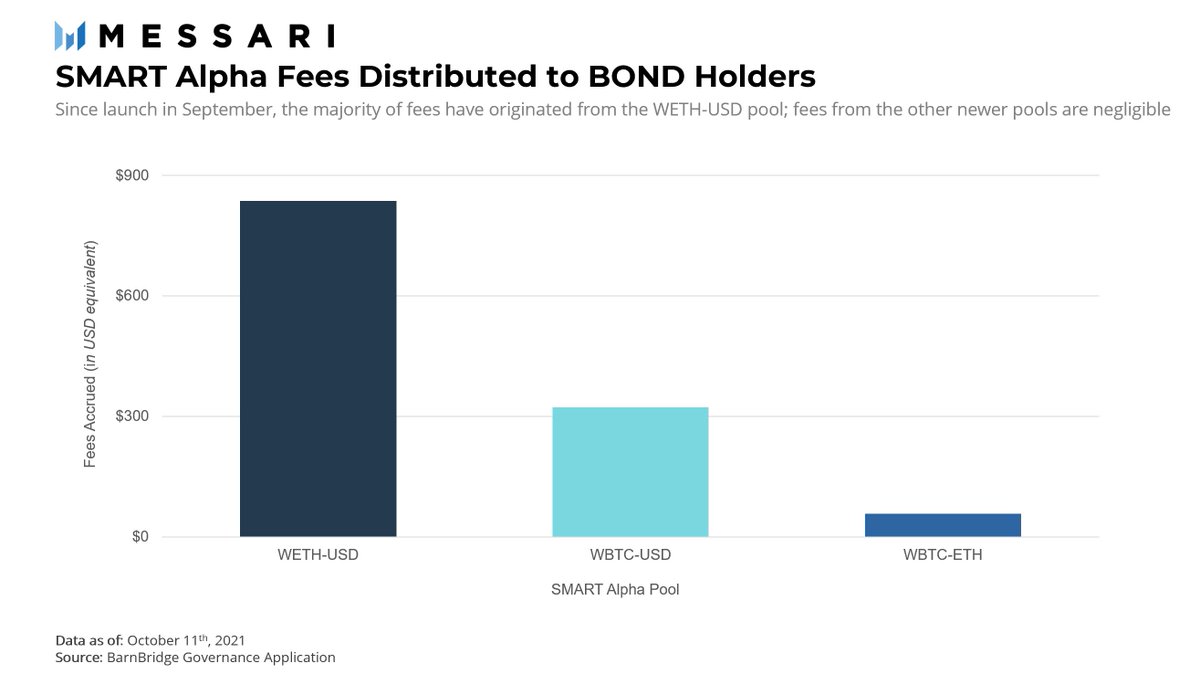
1/ As the @solana ecosystem continues to expand, NFT sales have exploded.
In just its 2nd month of NFT trading, Solana experienced a substantial increase in both the # of projects and trading volume.
By the end of September, total NFT secondary sales volume reached $500M.
In just its 2nd month of NFT trading, Solana experienced a substantial increase in both the # of projects and trading volume.
By the end of September, total NFT secondary sales volume reached $500M.

2/ As one of the first popular NFTs on Solana, @DegenApeAcademy has benefited both from being a first mover and from the popularity of ape NFTs.
However, the lion’s share of sales were from its first month, so we'll see if the project can maintain its status over time.
However, the lion’s share of sales were from its first month, so we'll see if the project can maintain its status over time.

3/ Like @ethereum, a few projects possess a majority of the secondary trading volume on @solana.
However, Ethereum NFT projects have several varieties.
If Solana wishes to truly vie for NFT dominance, it will have to support other types of projects beyond collectible pfp NFTs.
However, Ethereum NFT projects have several varieties.
If Solana wishes to truly vie for NFT dominance, it will have to support other types of projects beyond collectible pfp NFTs.

4/ Learn more about @solana NFTs in the latest article from @masonnystrom messari.io/article/layer-…
• • •
Missing some Tweet in this thread? You can try to
force a refresh

















